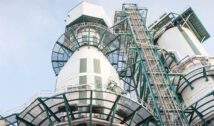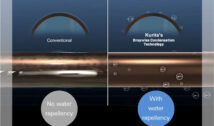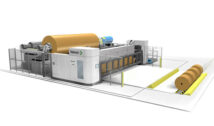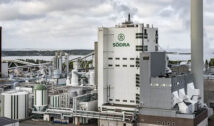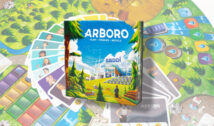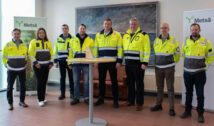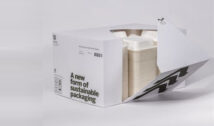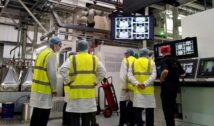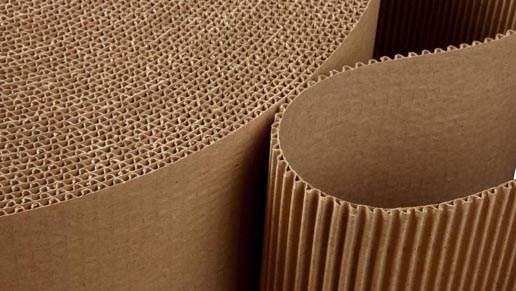
As every three years, FEFCO (European Federation of Corrugated Board Manufacturers) and CCB (Cepi Container Board) released the new “European Database for Corrugated Board Life Cycle Studies”.
This ninth 2018 report shows substantial improvements and demonstrates the efforts made by the European Corrugated Industry and its paper suppliers to lower their impact on the environment.
As experience grows and LCA methodologies evolve, opportunities to improve the quality of the collected and presented data are identified and implemented. This has led to a new calculation of the CO2 emissions, moving away from the previous cradle-to-gate approach focusing on fossil emissions to the cradle-to-grave approach providing the overall carbon impact.
If we were to calculate the 2018 carbon impact of corrugated packaging using the same methodology as applied in those previous iterations, then the result would show a 11% improvement for 2018 compared to 2015.
More good news: since the last report in 2015, results per ton of corrugated boxes show:
• 12% reduction in fossil fuel consumption at the production sites,
• 40% decrease in emissions of particulates to air at the production sites,
• 538kg CO2 cradle-to-grave carbon impact.
















